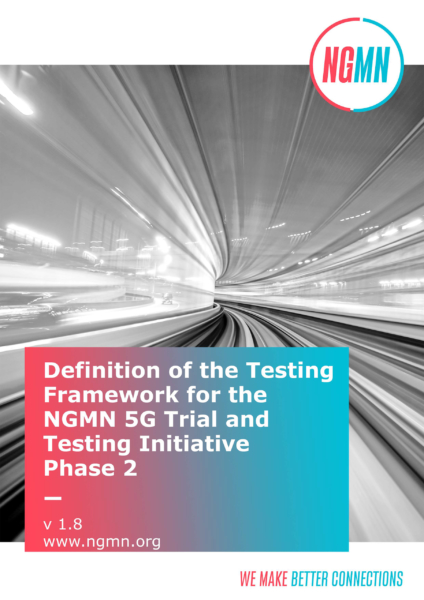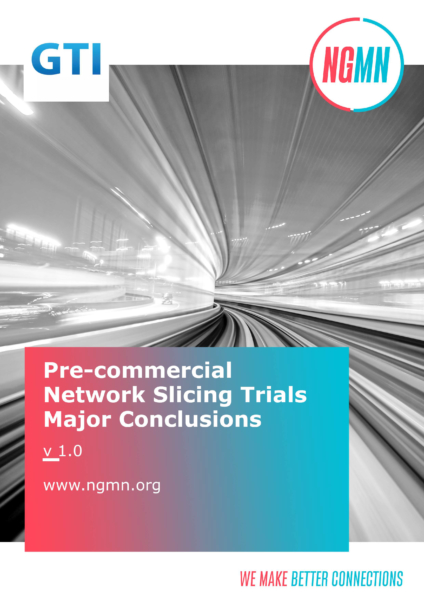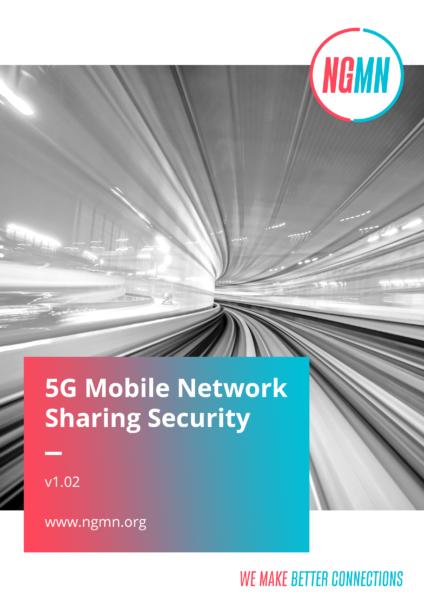Network X Americas
We were excited to be part of the “Network X Americas (5G) 2024″. Our Board Members Bernard Bureau (Telus) and Narothum Saxena (UScellular) shared NGMNs view and recommendations for the road to 6G.
Find out about upcoming events here.
Access our latest 6G publications here.
We invite interested industry players to become part of our endeavour.








